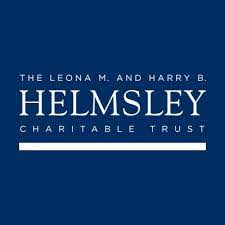
Metagenomics is a field that enables us to look at parts of the environment that were, until recently, masked to us.
Present estimates suggest that >98% of the microorganisms in most environments are not amenable for growth in pure culture. These organisms can, however, be categorized into phylotypes according to their ribosomal RNA (rRNA) genes, which can be amplified directly from environmental DNA extracts, cloned, and sequenced. Although this approach has provided information on the identity and distribution of microbial species, rRNA gene sequences alone do not reveal the physiology, biochemistry, or ecological function of uncultivated microorganisms.
This problem can now be bypassed by accessing the genomes of these microorganisms and identifying protein coding genes and biochemical pathways that shed light on their physiological properties and ecological function.



![]()



![]()


